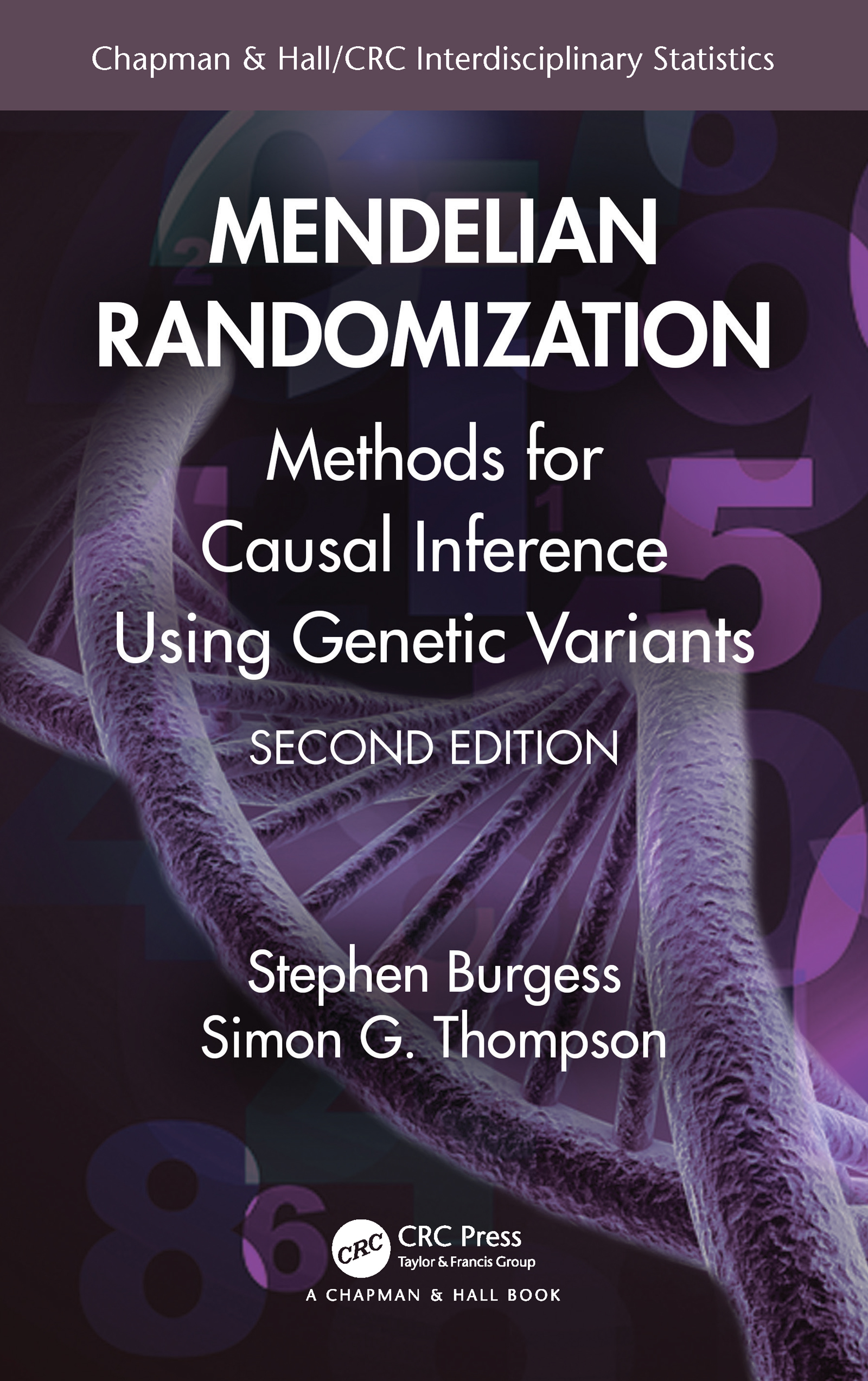- 丛书名 : Chapman & Hall/CRC Interdisciplinary Statistics
- 中图分类号: Q3
- 语种: ENG
- 出版信息: Chapman and Hall/CRC 2021 240页
- EISBN: 9781000399554
- PISBN-P: 9780367341848
- 原文访问地址:
KG评星
知识图谱评星,是一种基于用户使用的评价体系,综合图书的评论数量、引文数量、Amazon评分以及图谱网络中节点的PageRank值(即考虑相邻节点数量和重要性)等多种因素计算而得出的评价数值。星级越高,推荐值越高。CAT核心级
核心学术资源(CAR)项目作为教图公司推出的一项知识型服务,旨在打造一套科学、有效的图书评价体系,并协助用户制定相应的馆藏建设方案。CAR项目调查和分析12所世界一流大学的藏书数据,以收藏学校的数量确定书目的核心级,核心级越高,代表书目的馆藏价值越高。选取核心级在三级以上,即三校以上共藏的图书作为核心书目(CAT)。Mendelian Randomization: Methods For Causal Inference Using Genetic Variants provides thorough coverage of the methods and practical elements of Mendelian randomization analysis. It brings together diverse aspects of Mendelian randomization from the fields of epidemiology, statistics, genetics, and bioinformatics.Through multiple examples, the first part of the book introduces the reader to the concept of Mendelian randomization, showing how to perform simple Mendelian randomization investigations and interpret the results. The second part of the book addresses specific methodological issues relevant to the practice of Mendelian randomization, including robust methods, weak instruments, multivariable methods, and power calculations. The authors present the theoretical aspects of these issues in an easy-to-understand way by using non-technical language. The last part of the book examines the potential for Mendelian randomization in the future, exploring both methodological and applied developments.FeaturesOffers first-hand, in-depth guidance on Mendelian randomization from leaders in the fieldMakes the diverse aspects of Mendelian randomization understandable to newcomersIllustrates technical details using data from applied analysesDiscusses possible future directions for research involving Mendelian randomizationSoftware code is provided in the relevant chapters and is also available at the supplementary websiteThis book gives epidemiologists, statisticians, geneticists, and bioinformaticians the foundation to understand how to use genetic variants as instrumental variables in observational data.New in Second Edition: The second edition of the book has been substantially re-written to reduce the amount of technical content, and emphasize practical consequences of theoretical issues. Extensive material on the use of two-sample Mendelian randomization and publicly-available summarized data has been added. The book now includes several real-world examples that show how Mendelian randomization can be used to address questions of disease aetiology, target validation, and drug development







 京公网安备 11010602104826号
京公网安备 11010602104826号
